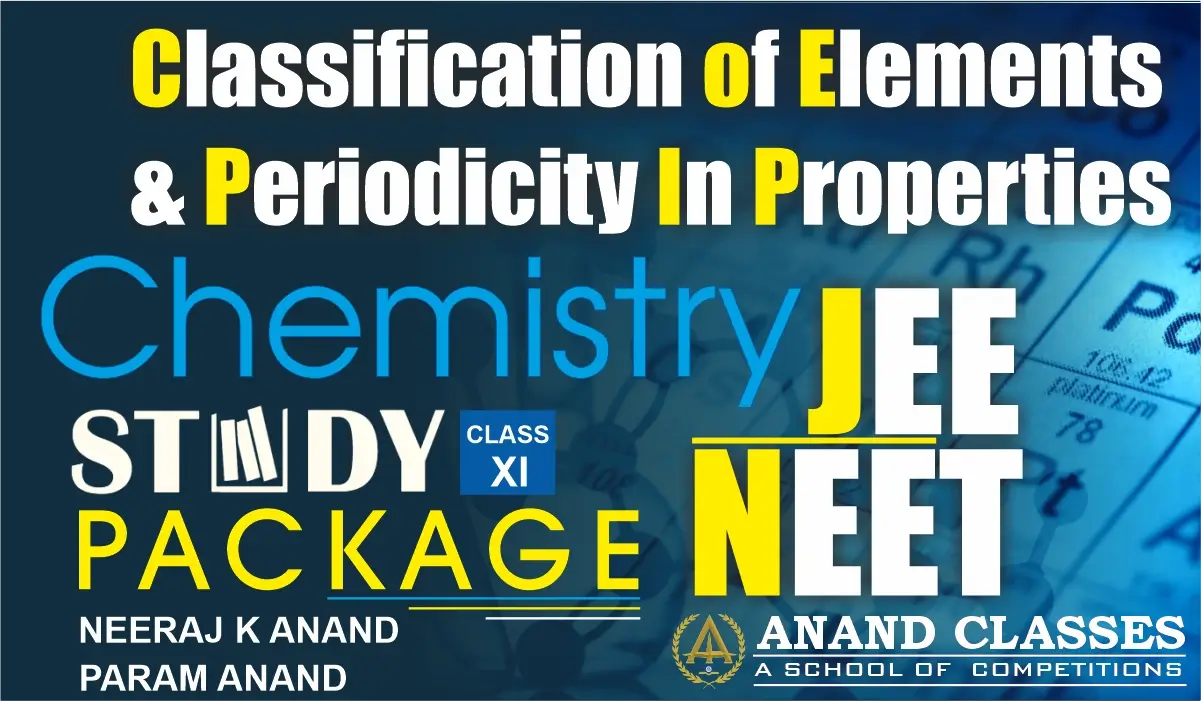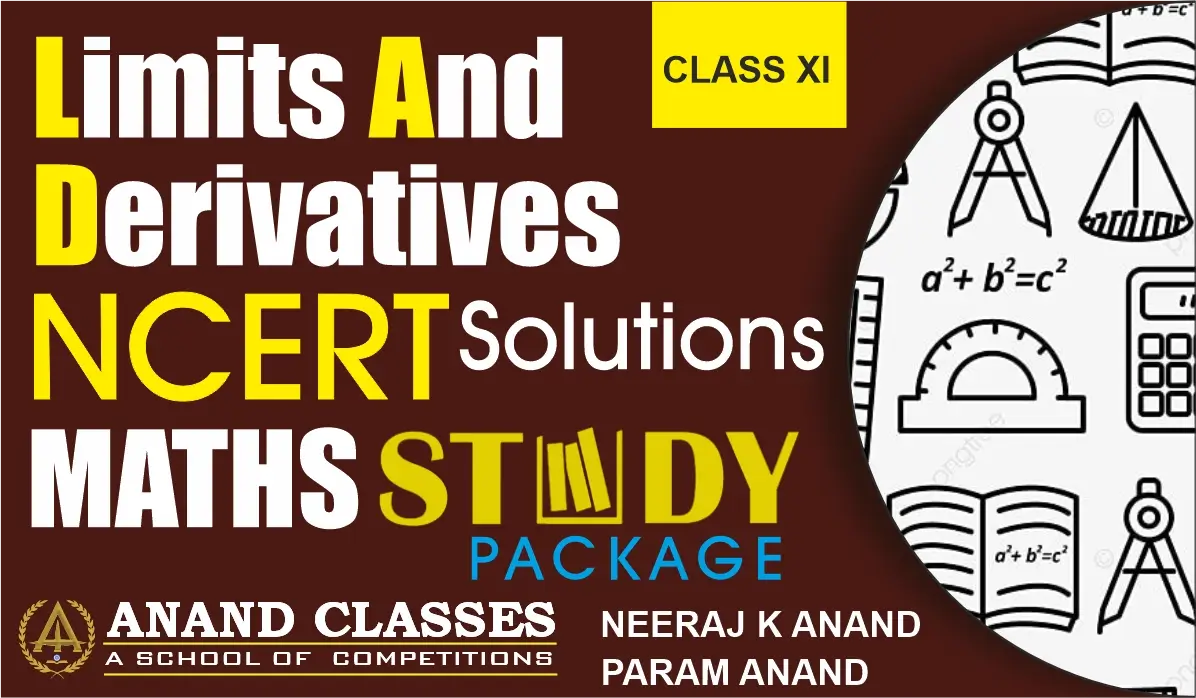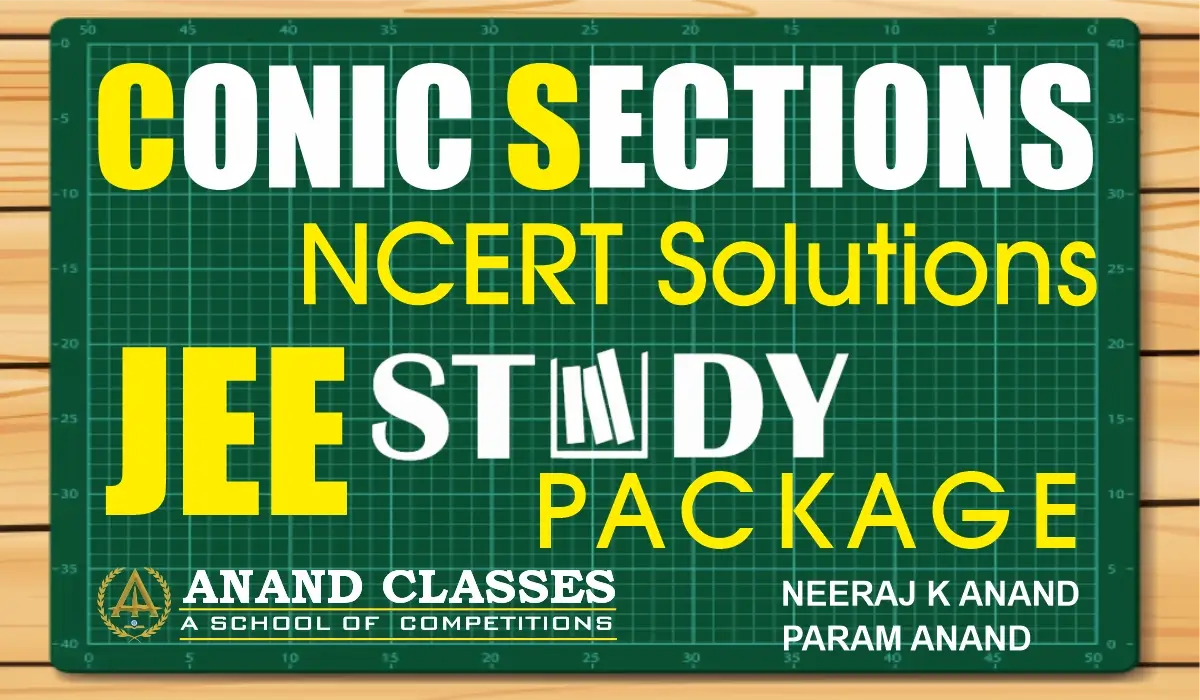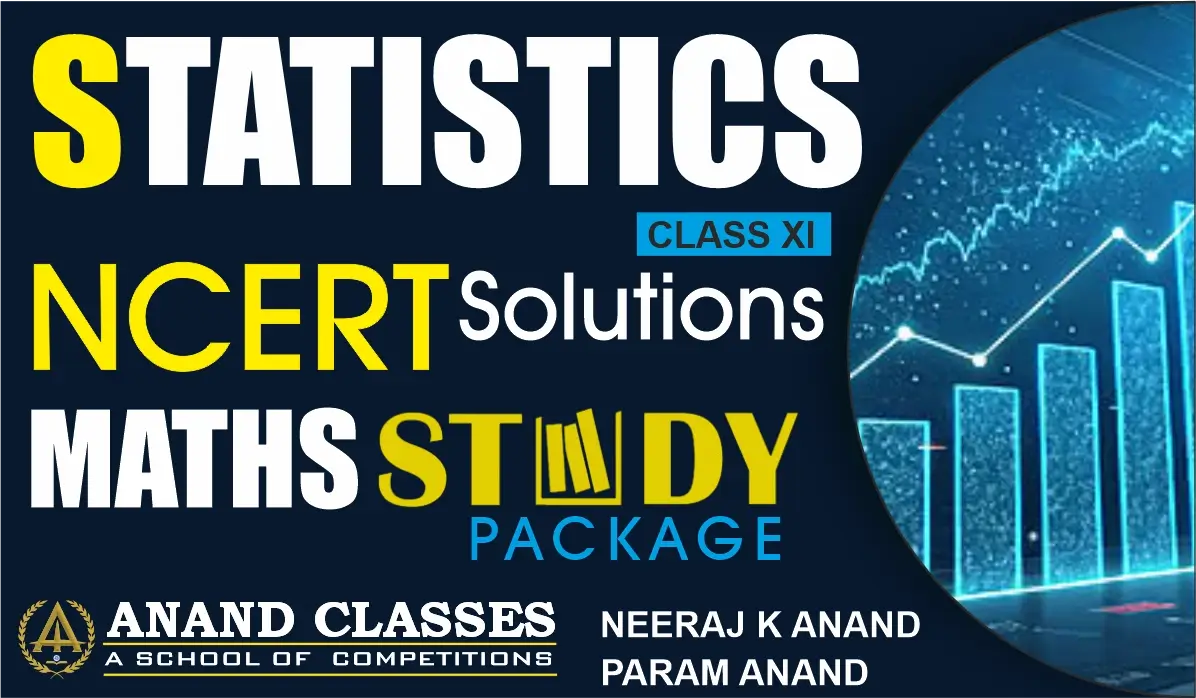Anand Classes notes of p-Block elements in the modern periodic table consist of Groups 13 to 18, and they include some of the most important families such as the boron family, carbon family, nitrogen family, oxygen family (chalcogens), halogens, and noble gases. Their general electronic configuration is ns²np¹–⁶, which gives them a wide range of properties from highly reactive non-metals (like halogens) to completely inert noble gases. The p-Block contains a unique combination of metals, non-metals, and metalloids, and it plays a crucial role in Class 11 chemistry, JEE, and NEET exam preparation.
Table of Contents
📘 p-Block Elements (Class 11 Notes)
📍 Position in Periodic Table
- The p-Block elements occupy Groups 13 to 18 of the modern periodic table.
- They are called p-Block because their valence electron(s) enter the p-subshell.
⚡ General Electronic Configuration
- ns2 np1-6
- The number of valence electrons increases from Group 13 → Group 18.
- Hence, chemical properties gradually change across the block.
🧪 Classification by Groups of p-Block Elements
🔹 Group 13 → Boron Family
- Elements: Boron (B), Aluminium (Al), Gallium (Ga), Indium (In), Thallium (Tl)
- Configuration: ns2 np1
- Boron is a metalloid, rest are metals.
- Oxidation states: +3 (stable), +1 (for heavier members due to inert pair effect).
🔹 Group 14 → Carbon Family
- Elements: Carbon (C), Silicon (Si), Germanium (Ge), Tin (Sn), Lead (Pb)
- Configuration: ns² np²
- Shows catenation (ability to form long chains, strongest in Carbon).
- Oxidation states: +4 and +2 (due to inert pair effect in heavier members).
🔹 Group 15 → Nitrogen Family (Pnictogens)
- Elements: Nitrogen (N), Phosphorus (P), Arsenic (As), Antimony (Sb), Bismuth (Bi)
- Configuration: ns² np³
- Form triple bonds (N≡N).
- Show oxidation states from –3 to +5.
- N₂ is chemically inert due to strong triple bond.
🔹 Group 16 → Oxygen Family (Chalcogens)
- Elements: Oxygen (O), Sulphur (S), Selenium (Se), Tellurium (Te), Polonium (Po)
- Configuration: ns² np⁴
- Strongly electronegative, especially O.
- Common oxidation states: –2, +4, +6.
- O₂ is essential for respiration; S is important in vulcanization of rubber.
🔹 Group 17 → Halogen Family
- Elements: Fluorine (F), Chlorine (Cl), Bromine (Br), Iodine (I), Astatine (At), Tennessine (Ts)
- Configuration: ns² np⁵
- Very reactive non-metals, high electronegativity.
- Form salts with metals → “halogen” means salt-former.
- Oxidation states: –1 (common), +1, +3, +5, +7.
🔹 Group 18 → Noble Gases (Inert Gases)
- Elements: Helium (He), Neon (Ne), Argon (Ar), Krypton (Kr), Xenon (Xe), Radon (Rn), Oganesson (Og)
- Configuration: ns² np⁶ (except He: 1s²)
- Outer shell completely filled → chemically inert.
- Used in lighting, welding, lasers, shielding gases.
- Xenon forms compounds like XeF₂, XeF₄, XeO₃ under special conditions.
✨ General Characteristics of p-Block
- Valence shell configuration: ns2 np1-6
- The block contains metals, metalloids, and non-metals → most diverse block.
- Show variable oxidation states due to participation of both s and p electrons.
- Includes most of the essential elements of life (C, N, O, P, S, etc.).
- Exhibits covalent bonding tendency, though heavier members show metallic character.
- Reactivity varies widely across groups (e.g., highly reactive halogens vs inert noble gases).
- Halogens → highly reactive, oxidizing agents.
- Noble gases → least reactive.
📌 Trends Across p-Block
- Metallic character increases down the group.
- Non-metallic character decreases down the group.
- Ionization enthalpy decreases down the group.
- Electronegativity decreases down the group.
❓ Frequently Asked Questions (FAQs) on p-Block Elements
Q1. What are p-Block elements?
Answer:
p-Block elements are those in which the last electron enters the p-orbital of the valence shell. They are placed in Groups 13 to 18 of the modern periodic table.
Q2. What is the general electronic configuration of p-Block elements?
Answer:
The general electronic configuration is: ns2 np1−6ns^2 , np^{1-6}
This means they have 2 electrons in the s-subshell and 1 to 6 electrons in the p-subshell of the outermost shell.
Q3. Which groups of the periodic table belong to the p-Block?
Answer:
The p-Block includes:
- Group 13 → Boron family
- Group 14 → Carbon family
- Group 15 → Nitrogen family (Pnictogens)
- Group 16 → Oxygen family (Chalcogens)
- Group 17 → Halogens
- Group 18 → Noble gases
Q4. What types of elements are found in the p-Block?
Answer:
The p-Block is the most diverse:
- Metals → e.g., Al, Sn, Pb
- Non-metals → e.g., C, N, O, F
- Metalloids → e.g., B, Si, As
Q5. Why are p-Block elements chemically diverse?
Answer:
Because they have variable valence shell electrons (np¹ → np⁶), leading to different oxidation states and bonding types. The block contains everything from highly reactive halogens to inert noble gases.
Q6. What are common oxidation states in p-Block?
Answer:
- Group 13 → +3, +1
- Group 14 → +4, +2
- Group 15 → –3, +3, +5
- Group 16 → –2, +4, +6
- Group 17 → –1, +1, +3, +5, +7
- Group 18 → 0 (inert), but Xe shows +2, +4, +6, +8
Q7. Which essential life elements belong to the p-Block?
Answer:
- Carbon (C) → basis of organic compounds
- Nitrogen (N) → proteins, DNA
- Oxygen (O) → respiration
- Phosphorus (P) → ATP, DNA
- Sulphur (S) → amino acids
Q8. Which group in p-Block is most reactive?
Answer:
Halogens (Group 17) are the most reactive non-metals due to their high electronegativity and strong tendency to gain one electron to complete their octet.
Q9. Why are noble gases chemically inert?
Answer:
Because they have a completely filled valence shell (ns² np⁶), making them stable and unreactive.
Q10. Why do heavier p-Block elements show lower oxidation states?
Answer:
Due to the inert pair effect — the reluctance of the ns² electrons to participate in bonding as atomic size increases.
📚 Buy Study Material & Join Our Coaching
For premium study materials specially designed for JEE, NEET, NDA, and CBSE/ICSE Classes, visit our official study material portal:
👉 https://anandclasses.net.in/
To enroll in our offline or online coaching programs, visit our coaching center website:
👉 https://anandclasses.co.in/
📞 Call us directly at: +91-94631-38669
💬 WhatsApp Us Instantly
Need quick assistance or want to inquire about classes and materials?
📲 Click below to chat instantly on WhatsApp:
👉 Chat on WhatsApp
🎥 Watch Video Lectures
Get access to high-quality video lessons, concept explainers, and revision tips by subscribing to our official YouTube channel:
👉 Neeraj Anand Classes – YouTube Channel



